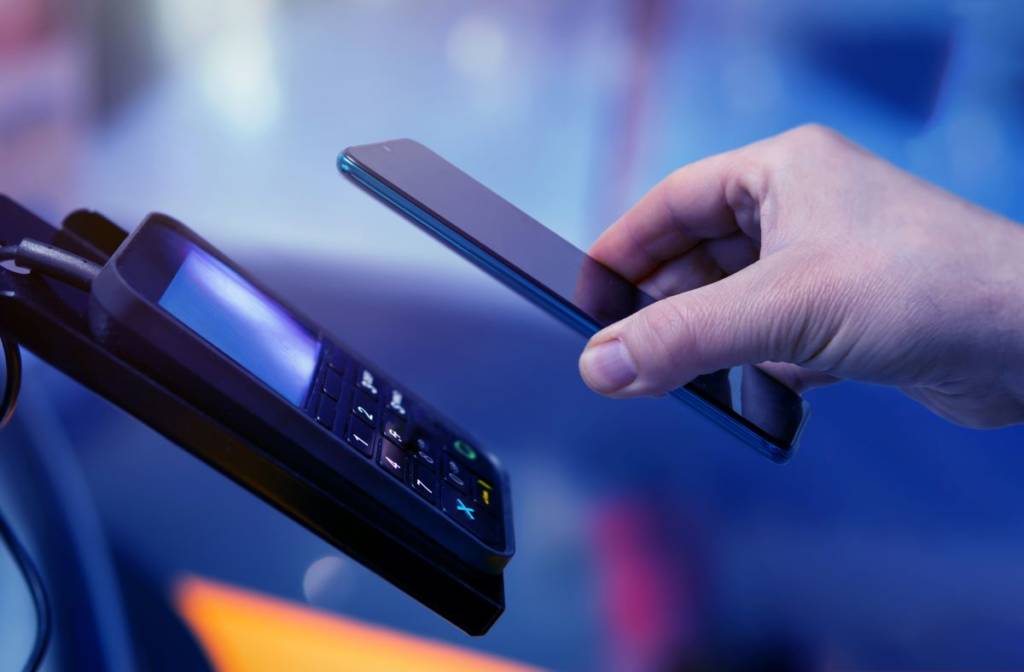1. Enterprise-Wide Innovation
Those organizations at the top of their game have a strong central function tasked with driving innovation. This does not mean that it is limited to a single innovation team, but it does signify that digital transformation is well resourced, managed and executed.
2. Empowerment of Employees
Trailblazers are more likely to foster a culture of innovation at both the individual and team level throughout that enterprise-wide vision. Creative inputs are sourced from across the business to collaboratively shape new product and service ideas.
3. Technology Literacy
There’s a difference between being tech-led, and understanding how to take advantage of new and emerging technologies that enable your innovation strategy. Trailblazers prioritize technologies that allow them to ‘fail fast’ and ‘fail forward’ to support an agile innovation culture and develop a competitive edge.
4. Productization Prioritization
Every organization wants to bring new products and services to market, but the degree to which they are successful and how they drive this success is a key differentiator for Trailblazers. Leaders in innovation articulate the importance of delivery to market, and internally reward high-performance in this area.
5. Training for Transformation
Industry leaders understand the (potentially untapped) value of their human resources and reorganize to release it. This means training every employee to support new product and service development, whatever their role. In a well-oiled innovation machine, every cog has a part to play.
6. Comprehensive Cloud Plans
Trailblazers have a clearly articulated cloud strategy, particularly around public cloud and leveraging it for payments. This includes capitalizing on new cloud technologies, including containerization and microservices. They want to be first movers—not fast followers—reaping the rewards of public cloud.
7. Customer Centric Agility
Agile work processes are not a new phenomenon, but the level of flexibility that organizations have developed via their agile aspirations is the difference between trailblazing and lagging. Agility across technology and team mindsets is crucial to the ability to pivot in line with rapidly evolving customer demands and deliver ahead of the competition.



